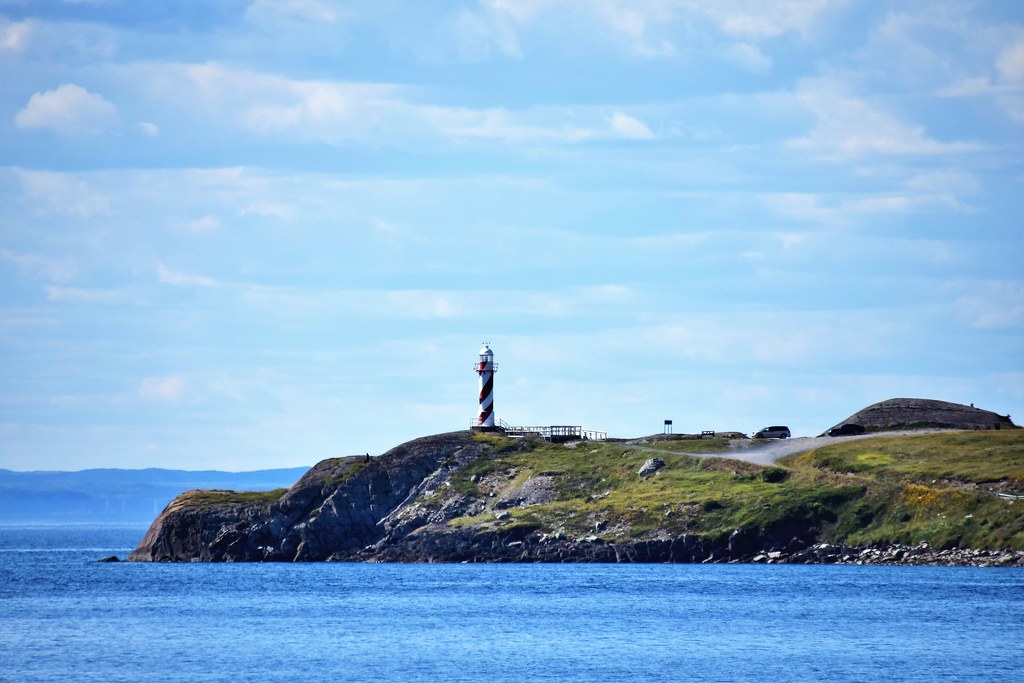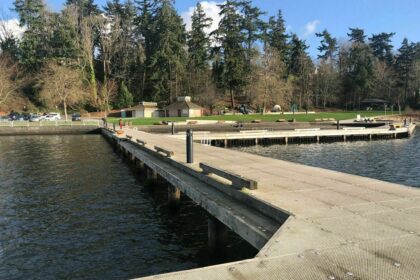Heart’s Content is an incorporated town in Trinity Bay on the Bay de Verde Peninsula of Newfoundland and Labrador, Canada. Take a look below for 25 fascinating and amazing facts about Heart’s Content, Newfoundland and Labrador, Canada.
1. The natural harbour that makes up the town is located on the east side of Trinity Bay and it is built along the northeast side and the southeast base of this harbour.
2. It opens out to Trinity Bay in a generally southwestern direction and protected from the harsh northern and eastern winds of the North Atlantic.
3. Heart’s Content is also at the crossroads of the main highway for Trinity Bay on the western side of the Bay de Verde peninsula and the highway cutting across the Bay de Verde peninsula between Victoria on the Conception Bay side and Heart’s Content.
4. The climate of the Atlantic Ocean and adjacent land areas is influenced by the temperatures of the surface waters and water currents as well as the winds blowing across the waters.
5. Because of the oceans’ great capacity for retaining heat, the climate of Heart’s Content are moderate and free of extreme seasonal variations.
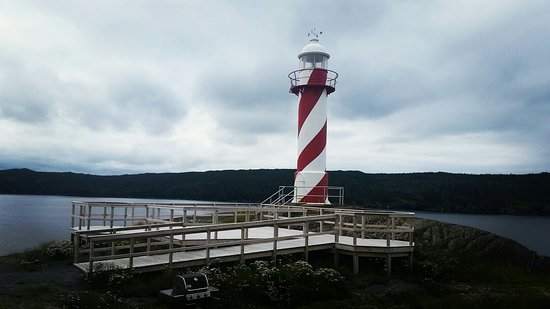
6. Precipitation falls on the area both as snow in the wintertime and moderate rainfall in summer.
7. The Gulf Stream and Labrador Current converge just off the coast of Newfoundland and provide for very dense fog that can linger in the area for days.
8. The first references to Heart’s Content came from John Guy’s journal of his voyage into Trinity Bay in 1612.
9. Through much of the 17th century, Heart’s Content was used by migratory fisherman from England.
10. The area was permanently settled by at least 1677.
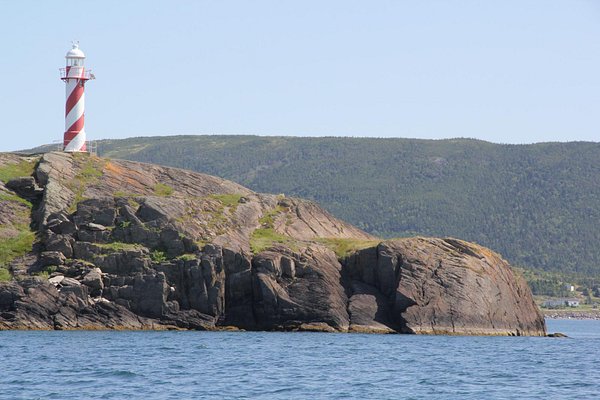
11. Like many other Newfoundland English settlements, this small village was a victim to the French army of Pierre Le Moyne d’Iberville in 1697.
12. During King William’s War, this village was raided in the Avalon Peninsula Campaign.
13. In 1697, the French under d’Iberville entered Heart’s Content. The final 30 men plus women and children retired to a fort commanded by Irishmen. The occupants surrendered to the French.
14. A 1700 Census records a population of 35, 5 fishing-stages and 7 boats.
15. During the 18th century, the inshore cod fishery was the main source of income.
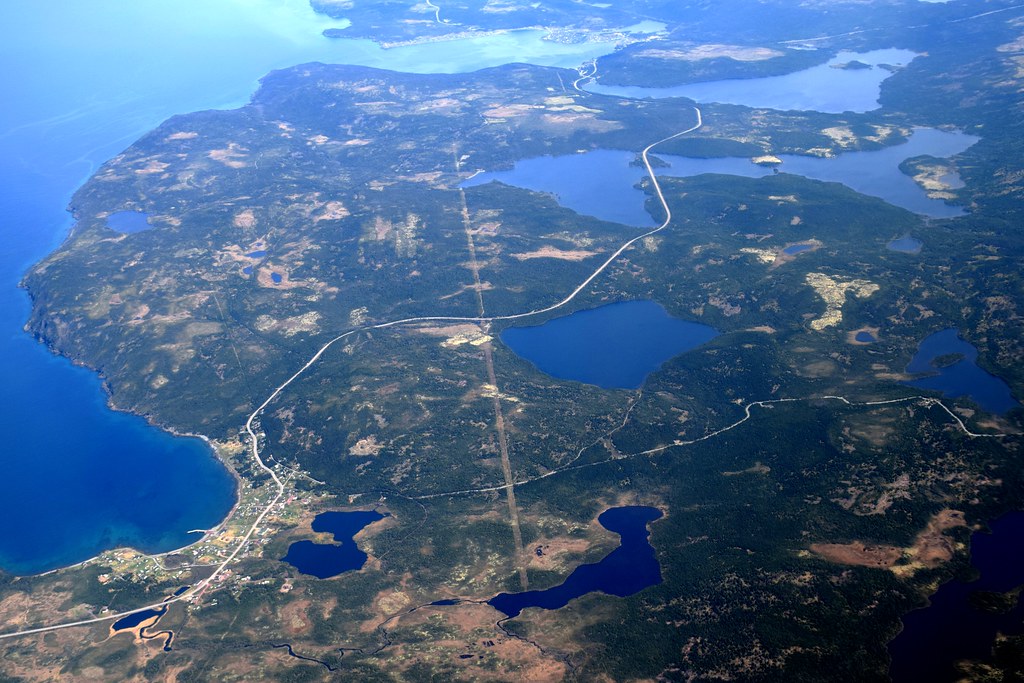
16. Agriculture in the summer and logging in the winter also helped the fisherman and their families.
17. In 1783, a docking facility was established to build sailing craft of all types. This was the first attempt to diversify the economy of Heart’s Content. At its height, the industry employed 100 men, shipwrights, sail-makers, caulkers, woodsmen, sailors and blacksmiths.
18. Besides the growing importance of the Labrador fishery and the seal hunt, as well as the shipbuilding industry, other economic stimuli made it a growing and prosperous community.
19. Transportation connections between Heart’s Content and the rest of the Avalon Peninsula improved and greatly accommodated the movement of people and goods, and the overall production of business improved the town and other areas of Trinity and Conception Bays.
20. Within 10 years of incorporation Heart’s Content obtained most of the facilities and the amenities of a small town. These included a town hall, fire station, a municipal park, water and sewage system, a ballpark and a senior citizens club.

21. Heart’s Content was given its place in the history of international communications by Cyrus West Field who chose it as the terminus of his Transatlantic telegraph cable, leading to establishment of the Heart’s Content Cable Station.
22. The Rendell Forge is a small, one-room, one storey wooden blacksmith shop located in Heart’s Content.
23. The Rendell family had a long history of blacksmithing in the community. The first to arrive was blacksmith Charles Rendell, who moved to Heart’s Content from Trinity, Trinity Bay, in the early 1800s to craft ironwork for vessels.
24. In 1864–65, four Rendells were listed as blacksmiths: Charles, G., James, and John. The 1904 directory lists five: Giles, Tolson, Charles Sr, John, and John T.
25. Heart’s Content and surrounding areas are dotted by small fishing communities that were established due to the proximity of each community to the fishing grounds.

